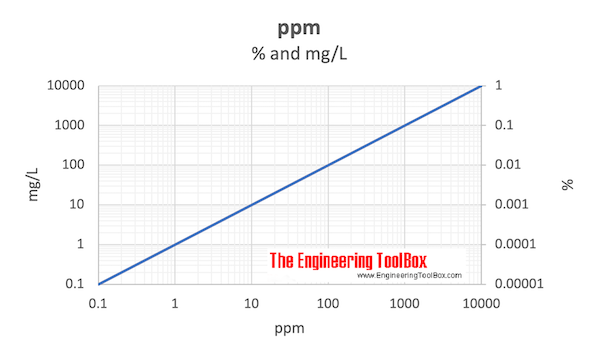
Unlike RETAS, Opentoonz does not appear to distinguish between the different colors of markup lines. For example, a sample with a volume concentration of 25 l/l will have a mass concentration of 252.65 66 mg/l. For mineral grains (clay, silt and sand sizes), this will typically be 2.65 g/cm3. If you set the base color first, then the lines will be absorbed as part of the base color. To convert from ppm by volume to ppm by mass, multiply by the density of the particles. If you want to avoid color jittering, make sure to fill in the shadows/highlights first before setting the base color. * The lines will be absorbed on the first color that is filled. When using the fill tool and after making some colors, click in the area you want to apply the color and the lines will be absorbed. Then, going to the style editor, autopaint lines must selected ONLY for the colors that are the markup lines. Draw the lines using pen tool and selecting the appropriate color.

To achieve this effect in Opentoonz, the user must first create markup lines using a separate palette color. This feature is replicatable in Opentoonz. I think only a very low range dew point testing device is going to get you to the level you need.In Retas Paintman during the coloring process the user can use color absorption to easily use markup lines for shading and highlights. The lower limit of detection for the Drager tubes is an order of magnitude higher than you require. F but these detector tubes are still more suitable for HVAC air testing than dry compressed gas QC. In most climates 134 ppm is not likely to freeze up because the standards protect down to around -50 deg. You can not even test down to breathing air standards with these tubes. I know NFPA 1989 Fire Fighter standards specifyno more than 24 ppm water vapor in Fire Fighter breathing air to keep regulators from freezing up when the cooling of expansion combines with extreme cold ambient conditions. The lowest range Drager or Gatec detector tubes for water have a lower scale value of 0.1mg/L water vapor in air. I am spraying pesticides not doing molecular chemistry.

To convert from ppm by volume to ppm by mass, multiply by the density of the particles.
+Converting+between+…+ppm+and+mass%2Fvolume.jpg)
The original assumption that you can use a Drager tube for measuring water vapor to insure very dry gas needs reconsideration. However, if ppm is expressed as THE MASS of particles in a unit volume of water, then ppm BY MASS is equal to mg/l. Your nitrogen is less than dry, at about 20% relative humidity. This leads to absolute humidity of 7.3 mg/L at 100% RH. If you express 0.002 L/L in percent it is 0.2%įurther if 1 mg/L = 1358 ppm, 1.5 mg/L is more or less 2000 ppm.Īt 25 ☌ saturated water vapor pressure is 1005.6 Pa, or about 1% of atmospheric pressure. Multiplying by 10^6, this is 2000 ppm (approximately, depending on how you round). Your detailed answer on this urgent matter would be more than appreciated.In step two, you have 0.002 liters per liter. What makes sense is ppm=(mg/L*Vm (at 25C))/MW=1.5*24.45/18= 2 ppm ,but how this equation is received from the basic equations and the units in this case make me confused.


 0 kommentar(er)
0 kommentar(er)
